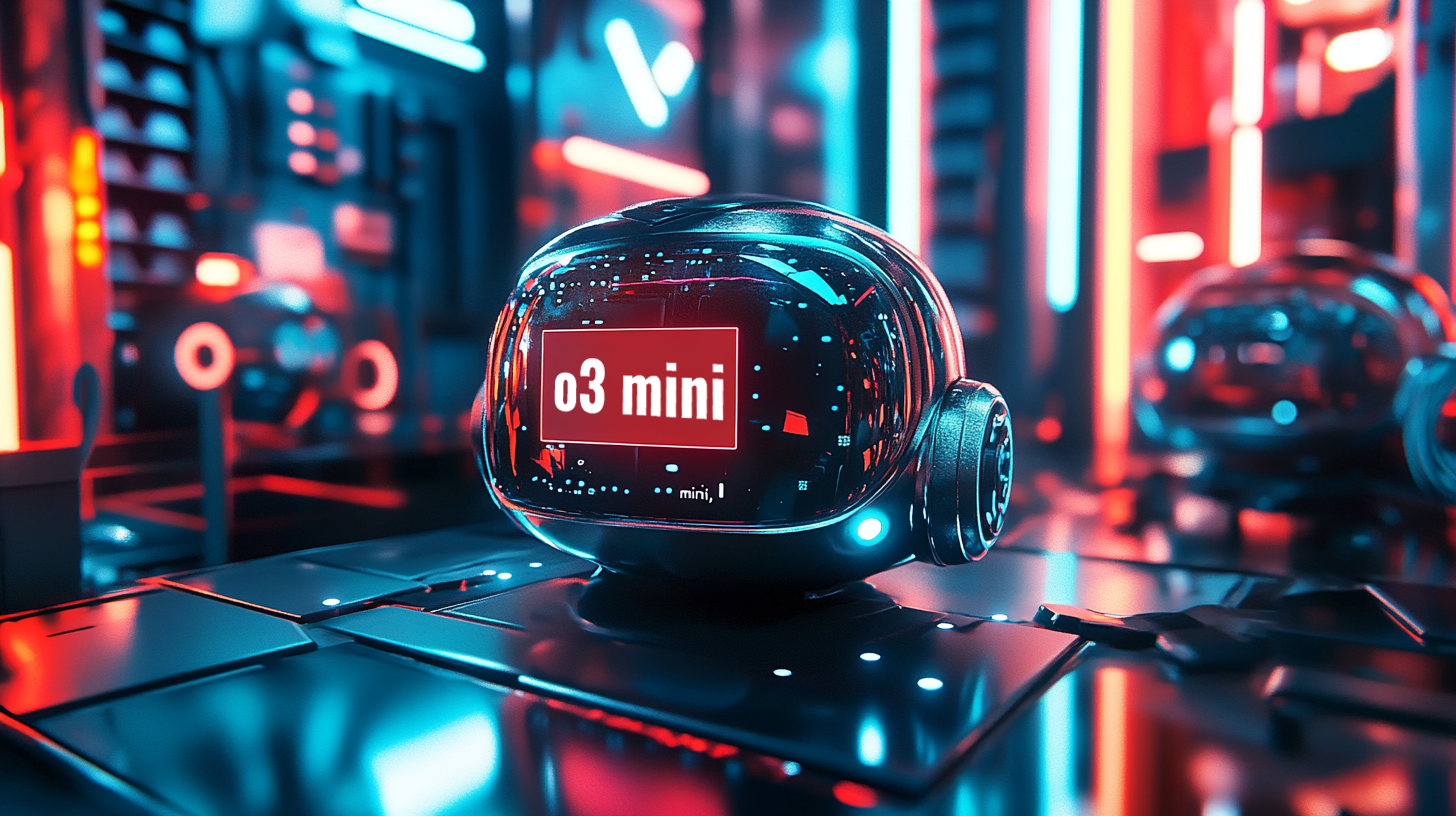Sam Altman confirms ChatGPT's latest model is free for all users
Earlier this week, OpenAI CEO Sam Altman declared the company’s newest reasoning model, o3, ready for public consumption after it passed its external safety testing and announced that it would soon be arriving as both an API and ChatGPT model option in the coming weeks. On Thursday, Altman took to social media to confirm that the lightweight version, o3-mini, won’t just be made available to paid subscribers at the Plus, Teams, and Pro tiers, but to free tier users as well.
OpenAI first teased the release of the o3 model on the final day of its 12 Days of OpenAI event last December. The company’s President and Co-Founder, Greg Brockman, at the time categorized it as “a breakthrough, with a step function improvement on our hardest benchmarks.”

Understanding the o3 Model
The o3 model, like its predecessor, the o1, works differently than existing generative models like ChatGPT’s current flagship, GPT-4o Turbo. Models like o1 and o3 perform internal fact and reasoning checks before replying to a user’s query, sacrificing response time for accuracy and reproducibility. This enables reasoning models to tackle complex math, science, and coding tasks that would stump conventional models.
The o3-mini model is a smaller, more lightweight version of the full o3 model. It’s also smaller than GPT-4o Turbo, which currently drives the chatbot experience for paid tier users, though, the o3-mini should provide faster response times and reduce compute requirements than the current state-of-the-art. Normally, OpenAI will use a last-generation model to power ChatGPT while offering limited access to its latest and greatest, so offering free users access to o3-mini, especially so soon after releasing it, is a marked departure for the company. Paid tier users will still have GPT-4o Turbo but will also see “tons of o3-mini usage,” as Altman put it.
OpenAI announces o3 and o3-mini, its next simulated reasoning models.
Future Access for All Users
Altman didn’t include any additional details in his announcement post beyond that paid tiers will enjoy additional access to the newest model, though that’s not a particularly new practice. We may now have confirmation that o3 is on its way to all users, the company has not yet stated when, exactly, that will happen.
Plus tier accounts run users $20 per month with the price (and access benefits) increasing steadily until you hit Pro tier, which costs $200 and offers users free run of the company’s models and add-on features like Advanced Voice Mode.
OpenAI kicked off its inaugural "12 Days of OpenAI" media blitz on December 5, each day unveiling new features, models, subscription tiers, and capabilities for its growing ChatGPT product ecosystem during a series of live-stream events.

For the finale of its 12 Days of OpenAI livestream event, CEO Sam Altman revealed its next foundation model, and successor to the recently announced o1 family of reasoning AIs, dubbed o3 and 03-mini. And no, you aren't going crazy -- OpenAI skipped right over o2, apparently to avoid infringing on the copyright of British telecom provider O2.

For its penultimate 12 Days of OpenAI announcement, the company revealed a trio of updates to ChatGPT's app integration on Thursday, which should make using the AI in conjunction with other programs on your desktop less of a chore.
OpenAI unveiled ChatGPT's ability to collaborate with select developer-focused macOS apps, specifically VS Code, Xcode, TextEdit, Terminal, and iTerm2, back in November. Rather than needing to copy and paste code into ChatGPT, this feature allows the chatbot to pull specified content from the coding app as you enter your text prompt. ChatGPT, however, cannot generate code directly into the app, as Cursor or GitHub Copilot are able to.




















